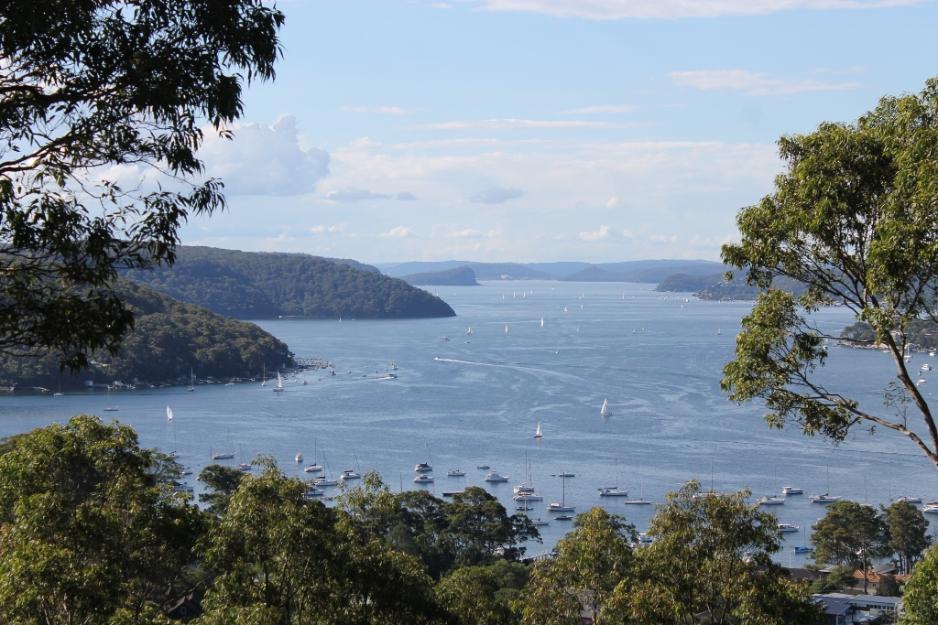February 5 - 11, 2017: Issue 299
Back to school

Back to school
by Selena Griffith
It’s been a big week for peninsular families. Uniforms have been dusted off, shoes polished and books covered. The kids have gone back to school. There have been tears at the school gate (not just the kids), 1st day rites of passage and reunions with friends after the long summer break. The teachers are also back, preparing to impart knowledge to our little(and not so little) ones. There has been a collective sight of relief from parents who can now slip back into the working year routine … until next time. I’ve packed my two off. 1 to the local primary, the other to her first year at the local high school. I'm a strong supporter of government provided public school education. Anecdotally, the publicly educated young adults I meet as a university lecturer tend to be much better prepared for the tertiary education environment as they arrive self directed, independent learners.So what kind of environment will our peninsular kids be learning in this year? What does the future hold? We all hope it's the best possible education experience, supported by quality teaching, good resources, a collegiate environment and up to date facilities. Demographers from the Bureau of Statistics, however, are telling us that there is a change occurring across Australia, including NSW, towards increasing numbers of kids attending our public schools. This is the result of both more kids needing places and a trend away from non government schools. We enjoy a very high quality of public education in Australia. NAPLAN results clearly demonstrate that student outcomes are just as good as private schools. Class size, and learning environment and proximity and access to local schools, however, are causes of concern for parents. Last year documents leaked from the NSW Department of Education warned of "significant classroom shortages in government primary and secondary schools". With the state's public schools needing to accommodate 165,000 more by 2031, nearly all of them in Sydney. The leaked Schools Assets Strategic Plan draft revealed 7500 new classrooms and buildings will be required over the next 15 years.
Our peninsular schools are feeling the pinch of increased demand with classes and schools already filled to capacity. Beyond the need for more class rooms, parents and teachers I have spoken to this week have raised concerns about large class sizes, the need to change one local high school time tables and course offerings to accommodate higher numbers and the number of our kids being taught out of demountable classrooms with no indication of when new permanent infrastructure will be provided. This makes it tough on students and teachers. The capacity of public schools on the peninsular should be carefully considered in relation to the demand for increased population from more density across the area and, in particular, the impending green fields development of Ingleside and the dense development slated for French’s Forest. There were two sites originally set aside for a state primary school and a high school at the new Ingleside development. Badly needed with the numbers expected to move there and the local schools all full to the brim. In the most recent plans released by State Government, however, the high school has disappeared. On investigation, the site has been sold to a private developer and there appears to be no alternative on offer. The primary school site has moved and become smaller. Our community should be questioning this and asking for firm commitment to provide adequate school spaces to accommodate the increases in density and population in the area. There is still no clear plan for Forestville.
There is another member of our community who has had a less planned return to school this week, he should be able to solve our problems. Our state member Rob Stokes has been shifted to the role of Minister for Education. Hopefully he will apply some of his ministerial experience from past Planning and Environment portfolios to his new job ensuring that our kids are provided a good public education in well resourced schools, in the right locations with enough classrooms, teachers and the recreation and play spaces as they need.